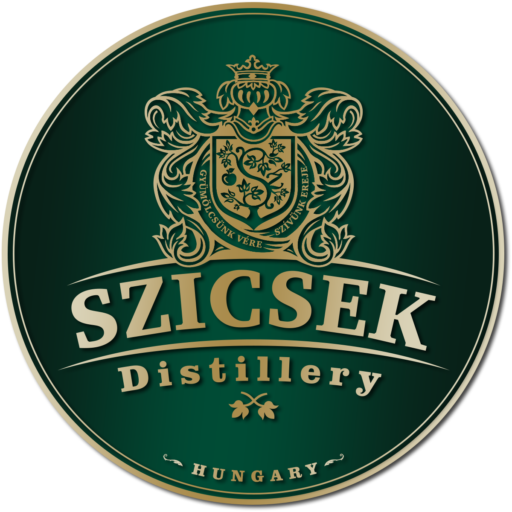Szicsek Palinka Distillery won 2 Silver Medals at International Wine & Spirit Competition in London 2017.
Our first Spirit Competition and our first silver medals were in the UK.
We are happy to announce that two of our products have silver medals.
Winning a medal or trophy at the IWSC is a fantastic achievement as the IWSC is the only competition of its kind that conducts full ‘double’ blind tasting (pre-poured numbered glasses) by panels selected from over 300 fully experienced and qualified judges, followed by an extensive chemical analysis.
Judging procedure
How it works
All entrants are sorted by our in house WSET diploma qualified tasting managers into flights for tasting. The spirits are tasted by style, region (if applicable), age and ABV while wines are tasted by variety, type, region, area and vintage.
Samples are presented in flights of numbered glasses to avoid the possibility of judges being influenced by the shape, weight,
packaging or crest of a particular bottle. Judges are provided with an IWSC crib sheet and given the basic parameters of the class being assessed. Samples are initially assessed quietly; and without comment, then scores are collected by the panel chair and an open discussion is held. When judges are unable to reach a majority decision, flights will be referred to another panel.
Judging takes place over 7 months of the year in the Competition’s dedicated tasting premises. Judges are strictly prohibited from entering the Competition cellar and preparation area and before, during or after Competition judging sessions. All results remain confidential until officially released.
Wines and spirits that win the top awards then go forward to a second round of judging to compete for national, regional and
international trophies.
Chemical analysis
The Competition randomly selects winners to undergo official technical analysis by Campden BRI. In some instances, the results of this analysis may lead to marks being deducted (affecting the level of an award) or even outright rejection.
The aim of the testing is to eliminate products which may be organoleptically attractive now but which may begin to change over time, e.g. oxidization or increased levels of volatile acid.
Wine analysis
This analysis covers free and total sulphur dioxide, iron, copper, total acidity, volatile acidity (acetic acid), pH, ascorbic acid, sugar, alcohol, sugar free extract and microbiology. In addition, certain wines will be screened by gas chromatography for methanol, sorbitol and other potential contaminants.
Spirit analysis
This analysis will always include alcohol and sugar content, as well as screening for possible illegal additives by gas chromatography techniques.

